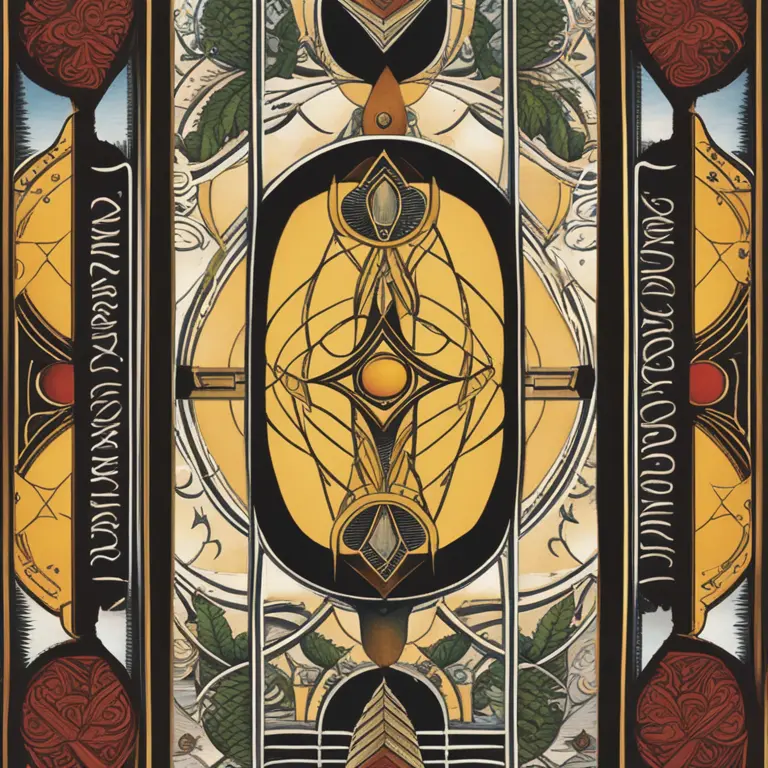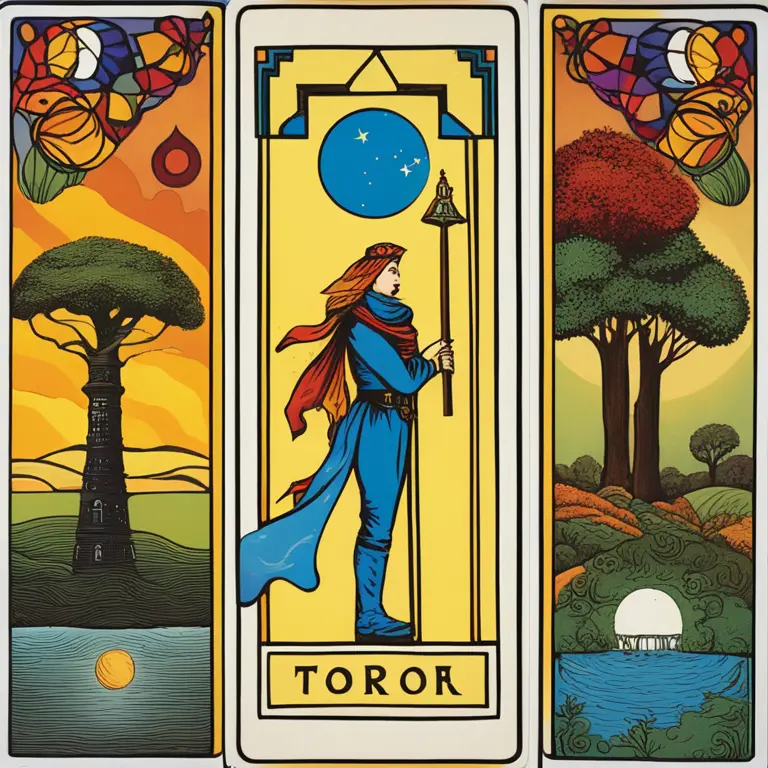
Symbols Speak to the Subconscious
Tarot has long fascinated individuals seeking introspection and guidance. Each card in the Tarot deck is rich with symbolic imagery, which can be seen as a mirror reflecting our subconscious mind. Psychology acknowledges the power of symbols in accessing inner thoughts and feelings that often elude our conscious awareness. The process of interpreting these symbols in a tarot reading can resemble the techniques used in therapies like Jungian analysis, where understanding the language of one's own subconscious can be a path to self-awareness.

Journey Through the Archetypes
Carl Jung introduced the concept of archetypes – universally understood symbols and themes that reside in what he called the 'collective unconscious.' Tarot cards are replete with such archetypes, from The Empress embodying fertility and creativity to The Hermit symbolizing introspection and inner guidance. When individuals draw these cards, they engage with these primordial images, which can stimulate personal insight in the same way that dream analysis might in a psychological context.

Framework for Personal Narrative
A tarot reading can also offer a structured narrative that helps individuals make sense of complex situations. Similar to narrative therapy in psychology, it provides a framework for storytelling that can help in re-framing and understanding life events. The sequential nature of the tarot deck, particularly the journey through the Major Arcana, can be paralleled with an individual's life journey, fostering a deeper understanding of self and purpose.

Reflection and Mindfulness
Reflecting on a tarot reading encourages a state of mindfulness, which has become a widespread practice in psychological wellness. Contemplating the cards and their meanings requires a person to stay present, focused, and introspective. This dovetails with therapeutic techniques aimed at grounding an individual in the present moment, enhancing awareness, reducing stress, and potentially arriving at a place of calm and clarity.

Catharsis and Emotional Release
The act of a tarot reading can be cathartic, allowing for emotional release and the airing of concerns that may be difficult to verbalize directly. In psychology, the importance of catharsis is emphasized in various therapeutic settings, recognizing that expressing and confronting buried emotions can lead to healing and growth. Engaging with the tarot can start a similar process organically, offering a safe space to explore emotional depths.
Using Tarot in Modern Therapy
In recent times, some modern therapists have begun incorporating tarot readings into their practice, seeing it as a tool for sparking conversation and thought. Of course, the use of tarot is not to diagnose or treat psychological conditions but rather serves as a means of supplementing traditional therapy methods with an alternative form of accessing and articulating one’s inner world. With the turning of each card, a dialogue emerges, where the imagery facilitates a deeper exploration of the self, akin to a starting point in many therapeutic sessions.
Future Directions
Looking ahead to 2024 and beyond, the relevance of tarot in psychological practice seems poised to grow as we continue to embrace diverse methods of self-exploration and mental health management. The integration of tarot offers a unique, reflective experience that can harmonize with psychological practices to support individuals on their paths to personal discovery and emotional well-being.
Published: 1/17/2024
Modified: 1/17/2024
More predictions
Come back here soon to learn more about yourself and your future


Is He In Love with You? Insights from Tarot
Discover if he's in love with you through the mystical lens of tarot readings. Seek clarity and signs within the cards in this insightful article.


The Importance of Tarot in Personal Insight
Discover the importance of Tarot in gaining self-understanding and navigating life's journey.